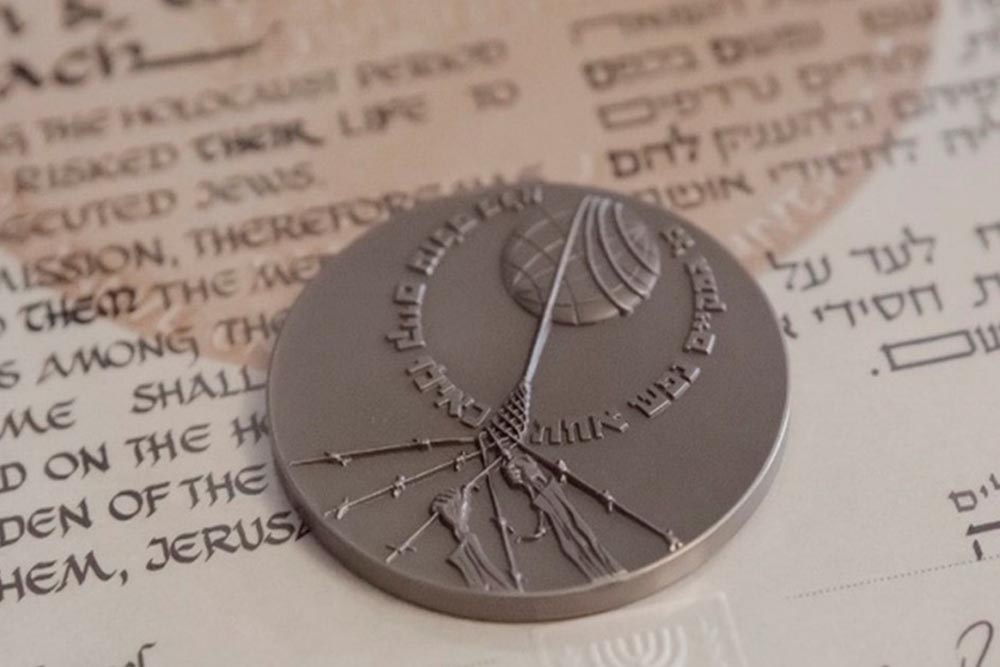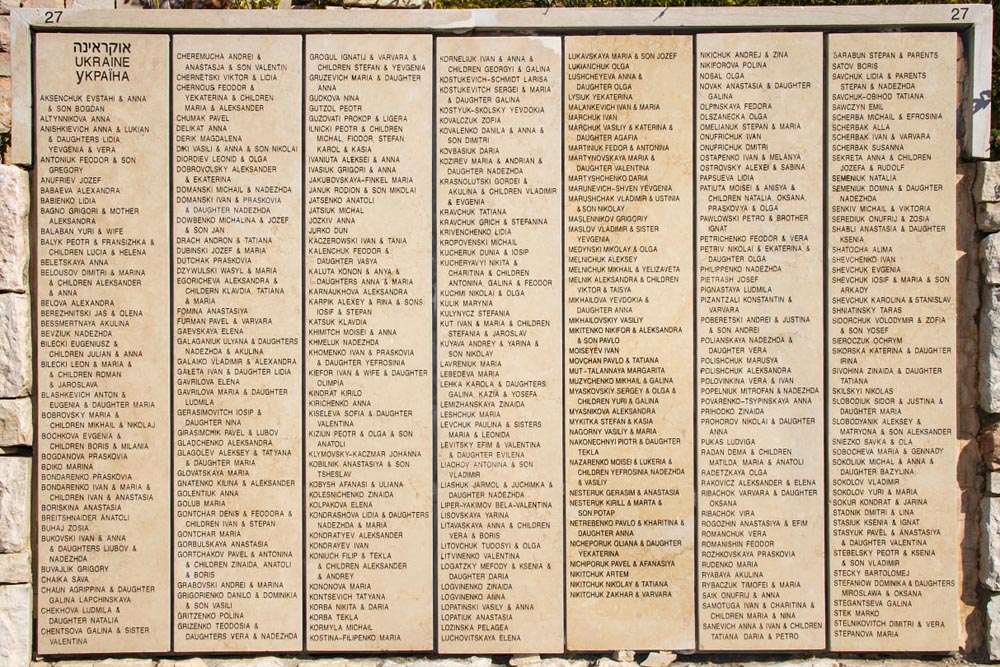Bank of Portraits / Yatsiuk Mykhailo

Yatsiuk Mykhailo
During the German-Soviet war, Mykhailo Yatsiuk and his family lived in the city of Dubno in the Rivne region. He worked in a workshop where animal skins were tanned. Once, his old acquaintance Yosyp Daichman, with whom Mykhailo had been friends even before the war, asked him to find work for his daughter Brakha and her friend Zahava Menis. Both girls were 19 years old. Yosyp hoped that the Jews who worked there would be pardoned.
The history of Dubno is closely connected with the life of the Jewish community. Before Second World War, Jews made up one of the largest parts of the local population. During the Holocaust, the Nazis organized their mass executions in the city six times. Just two months after the occupation of the region, the first major extermination campaign took place. After it, a relative calm set in. Jews were restricted in their movement and forced to identify themselves with marks on their clothes. In early April 1942, a ghetto was created, and on May 26–27, the Nazis carried out the largest shooting – they executed about a thousand Jews. At the end of the war, out of 13 thousand Dubno Jews, only 300 remained alive.
It was after the May massacre that Yosyp decided to turn to Mykhailo Yatsiuk for help. Jews were already working in the chinbarna, so Mykhailo agreed to accommodate the girls as well. From then on, they, along with other fellow ghetto residents who had work permits, went there every morning and returned every evening. Mykhailo supported both of them, especially Zahava, whose parents were killed by the occupiers in May. Later, he suggested that they move to live in the attic of the chinbarna, because he had heard from rumors about the upcoming liquidation of the ghetto in September 1942. Later, in order to save the Jewish girls and not get into trouble himself, Mykhailo decided to hide them more securely. He dug a hole in the stable, near the workshop, and bribed the guard to keep quiet about the hiding place. Despite the constant fear of being exposed, the man took care of the Jewish girls until the end of the occupation of the city. Even his wife had no idea he was involved in such a risky business.
After the war, Bracha Daichman and Zahava Menis emigrated to Israel and at the first opportunity gave testimony about how a Ukrainian had saved them.
In 1986, Yad Vashem recognized Mykhailo Yatsiuk as Righteous Among the Nations.
Svitlana Demchenko
Kyiv
The National Museum of the History of Ukraine in the Second World War
-
fingerprintArtefacts
-
theatersVideo
-
subjectLibrary
